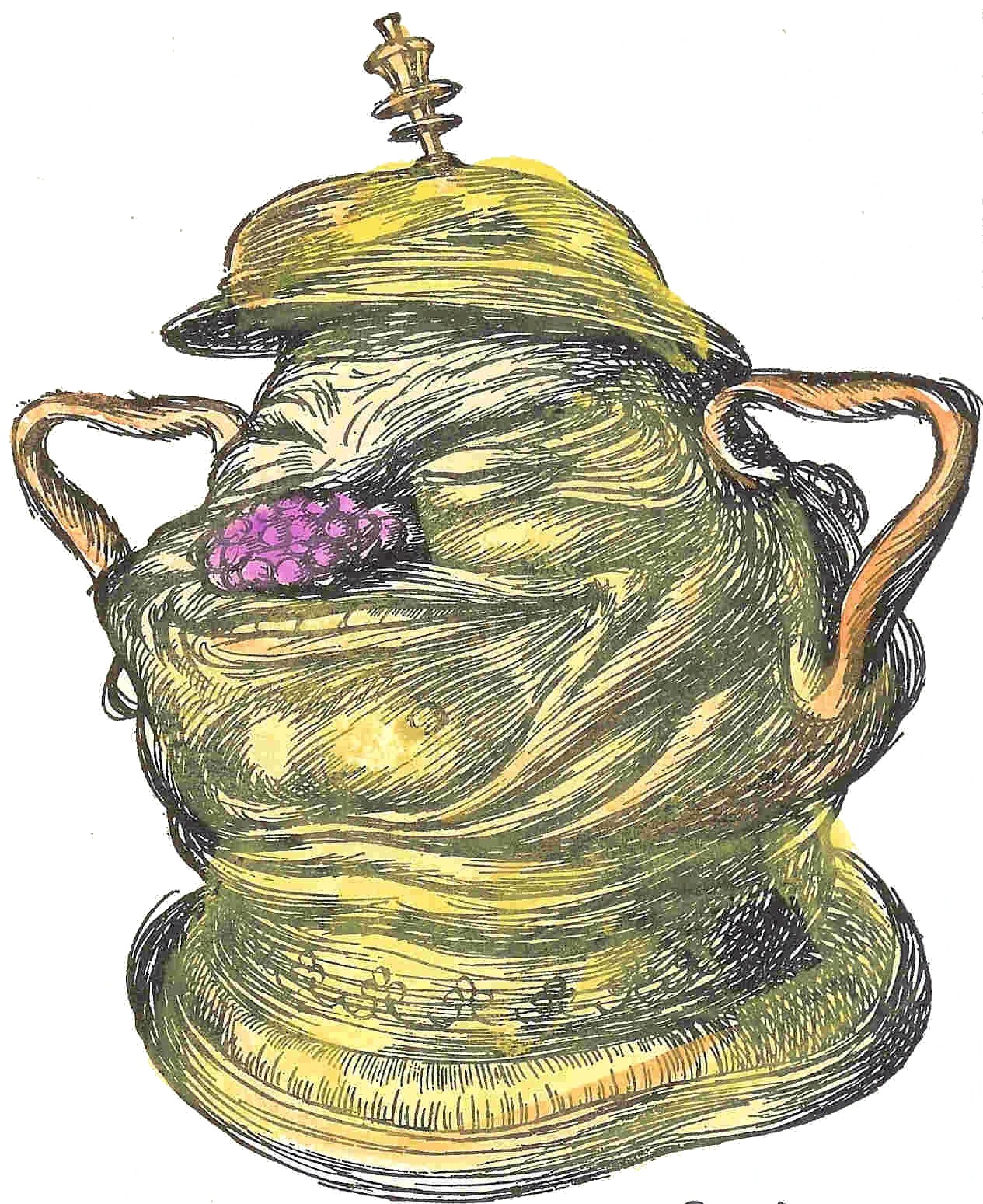
In her nearly 15-year career at Condé Nast, she produced 30 covers and hundreds of illustrations depicting modern society, often cynically.Her work was compared to Aubrey Beardsley although Fish noted that she did not see his work until after the comparison had been made. Sufis believed material experiences like love and intoxication helped humans approach the mystery of divine revelation. Some symbols show the influence of Sufism, a Muslim mystic sect.

In total, Fish contributed to American Vanity Fair, Vogue, The Sketch, Eve, Punch, and Tatler. Many plants and objects are personified, given human characteristics and lines of dialogue. Her illustration of "Eve" in The Tatler spawned films, theatre and books. Item #14041 Annie Fish (1890 – 1964) was a British cartoonist and illustrator. A very good copy (corners starting upper corners lightly bumped light wear to extremities slight darkening to boards). Blue gilt lettered cloth spine over blue-grey paper boards illustrated endpapers. Letterpress by the Curwen Press, plates by Geo. 20 striking pochoir colored Art Deco style illustrations by English illustrator Anne Harriet Fish, known as "Fish", with tissue guards (including frontispiece) initial capitals in orange & black.

FitzGerald's translation stands out, but there are hundreds of other translations, from many countries, and you will find them all in this book.London: John Lane The Bodley Head, 1922. Since the first version in 1859, new editions, reprints and translations have appeared in an almost endless flow, varying from plain text to highly decorated, illustrated editions and from almost microscopic miniatures to monumental, oversized volumes. It has been published in numerous editions: precious volumes with jeweled bindings, artist's books, scholarly and critical editions, forgeries and fake editions, making The Rubáiyát of Omar Khayyám a perfect object for book collectors and lovers of poetry.Įdward FitzGerald's translation of the Rubáiyát of Omar Khayyám has been one of the world's most popular books. His Rubáiyát has been translated into Arabic, Chinese, Dutch, English, French, German, Hebrew, Hindi, Russian, Urdu and many other languages. He is believed to have written 200 to 600 Rubáiyát (quatrains) in Persian. A Persian homo universalis, he was a mathematician, scientist, philosopher, astronomer and poet.

This is the first bibliography since the first Rubáiyát bibliography by A.G. This book fills a gap by providing a new selection and description of almost 900 editions of the world-famous Persian quatrains: The Rubáiyát of Omar Khayyám.


 0 kommentar(er)
0 kommentar(er)
